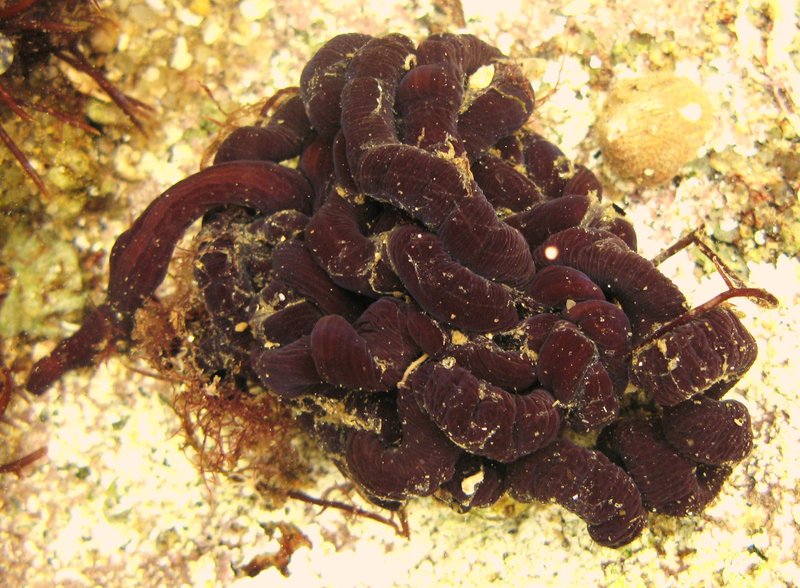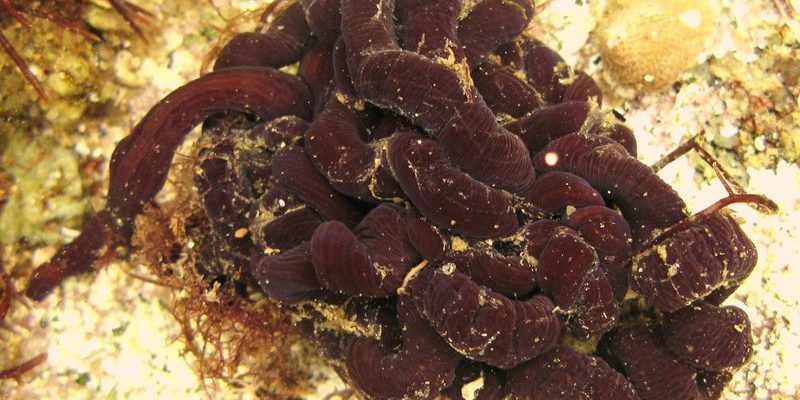
When we talk about estuarine ecosystems, we’re diving into where freshwater from rivers meets the salty ocean. These areas are often bustling with life—think of them as nature’s mixing bowls. Bootlace worms, with their unique biology and lifestyles, enrich this environment in several ways. Let’s explore what makes them so special and how they fit into the bigger picture of marine life.
What Are Bootlace Worms?
Bootlace worms belong to a group called *Nemertea*, which are often referred to as ribbon worms. They can be quite long—some reaching over 30 meters! To put that in perspective, that’s longer than a blue whale is tall. These creatures have soft, elongated bodies that can be quite colorful, ranging from dark brown to vivid greens and reds.
What makes bootlace worms particularly interesting is their unique feeding habits. They have a specialized structure called a proboscis, which they can shoot out to capture prey. This ability allows them to consume smaller animals like crustaceans and even small fish. Imagine having a super-fast arm that can grab snacks from a distance—pretty cool, right?
The Role of Bootlace Worms in the Ecosystem
You might be wondering why bootlace worms are important. Well, they play several key roles in estuarine ecosystems, acting as both predators and prey. By feeding on a variety of small organisms, they help control populations of those species, keeping the ecosystem in balance. Think of them as nature’s regulators, ensuring that no single species takes over.
Moreover, bootlace worms contribute to nutrient cycling in the environment. When they digest their food, they break it down and release nutrients back into the sediment. This enriches the soil, promoting healthy plant growth and supporting other marine life. It’s like fertilizing a garden—everything thrives when nutrients are available!
Habitat Preferences
Bootlace worms are typically found in sandy or muddy substrates in estuaries. They like to burrow into the sediment, often hiding from predators while also staying close to their food sources. This habitat preference allows them to thrive in areas with plenty of organic material, which is crucial for their diet.
These worms can also tolerate a range of salinity levels, making them well-suited for estuarine environments where the saltiness of the water can change. This adaptability is one of the reasons they can be found in many parts of the world—from coastal waters in Europe to North America.
Reproduction and Lifespan
When it comes to reproduction, bootlace worms have some interesting tricks up their sleeves. They can reproduce both sexually and asexually, but here’s the kicker: they can also regenerate lost body parts. So, if a bootlace worm loses a segment, it can often regrow that part. Talk about resilience!
Their life cycle involves a larval stage, during which they float in the water before settling down into the sediment. This journey can take weeks, allowing them to spread and populate new areas. Although their lifespan can vary, many bootlace worms live for several years, contributing to the health of their ecosystems over time.
Threats to Bootlace Worms
Unfortunately, bootlace worms face some challenges in their habitats. Pollution, habitat destruction, and climate change can disrupt the delicate balance of estuarine ecosystems. For instance, increased runoff from land can introduce toxins into the water, affecting not only the bootlace worms but also the entire food web they are part of.
Climate change poses another threat, as rising temperatures and changing sea levels can alter salinity and habitat availability. These changes may push bootlace worms to adapt or migrate, which can lead to shifts in local populations and ecosystem dynamics. Protecting estuarine habitats is essential to help ensure the survival of species like the bootlace worm.
Studying Bootlace Worms: Why It Matters
Researching bootlace worms isn’t just a fun scientific exercise—it’s crucial for understanding our ecosystems. By studying these creatures, scientists can gain insights into the health of estuarine environments. Their presence, abundance, or decline can be indicators of environmental change or stress.
Moreover, understanding how bootlace worms interact with other species helps ecologists gauge the complexities of food webs. Every creature, no matter how small, plays a role in its ecosystem. Protecting these marine habitats ensures that diverse species, including bootlace worms, continue to thrive, highlighting the interconnectedness of all life.
Bootlace worms might not be the first creatures you think of when considering marine life, but they’re vital players in estuarine ecosystems. From their unique feeding habits to their role in nutrient cycling, these long, wiggly worms contribute to the health and balance of their environments. As we continue to learn about them, we gain valuable insights into the importance of safeguarding our coastlines and estuaries.
So next time you’re near the coast, take a moment to appreciate the wiggly wonders lurking beneath the surface. Bootlace worms may be small, but they have a big impact on their ecosystems. Let’s work together to protect these fascinating creatures and the habitats they call home.

